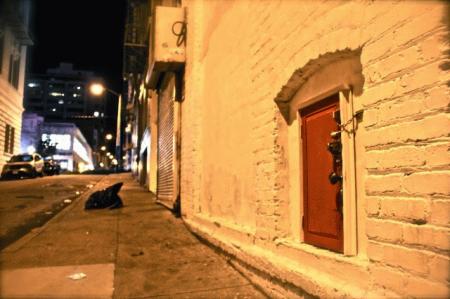In Minnesota’s Judge C. R. Magney State Park, there exists a strange and mysterious waterfall known as The Devil’s Kettle. What’s so strange about this cascade?
Apparently, according to Wikipedia, the river splits in two at the head of the falls. The “eastern flow goes over a two-step, 50 foot waterfall and continues downstream,” no different than any other waterfall, but the “western flow surges into a pothole, falling at least 10 feet (3.0 m), and disappears underground.” The water’s outlet has “never been located,” despite scientists’ best efforts:
Researchers have dropped brightly colored dyes, ping pong balls, and other objects into the Devil’s Kettle without result.[12]
There is even a legend that someone pushed a car into the fissure, but
given that the Devil’s Kettle is wholly inaccessible by road, most
commentators dismiss this as hyperbole.[5][13]
Not only is the outlet unknown, but there is currently no satisfactory geological explanation for the Devil’s Kettle.[7]:57 Certainly riverbed potholes are known to form from rocks and grit swirling in an eddy
with such force that they eventually drill a vertical shaft in the
bedrock. How the flow is conducted away laterally, however, remains
enigmatic.
It’s certainly not a place I’d like to go swimming, at any rate. You can read more here.




